 Are you an athlete, a soccer player, or just a runner, but do you experience thigh pain after running or other activity? In this article, we will discuss the most common thigh muscle injuries for athletes, why they occur, and how long they take to heal.
Are you an athlete, a soccer player, or just a runner, but do you experience thigh pain after running or other activity? In this article, we will discuss the most common thigh muscle injuries for athletes, why they occur, and how long they take to heal.Why does my thigh hurt?
Injuries to the hamstring muscles are relatively common in athletes who perform dynamic , highly explosive movements . Jumps, sprints , sudden changes of direction , or kicks are movements with immediate, high-energy engagement of many muscles, including those in the hamstrings. These movements can cause muscle fibers to stretch or tear, which can be intensely painful 1, 4 .
Where can the thigh hurt?
The location of the pain can vary, typically occurring at the point where the muscle joins its tendon , where the demand on the muscle exceeds its capacity. Injured quadriceps femoris muscle hurts on the front , injured adductors (muscles that pull the thigh towards the other thigh) hurt on the inner side of the thigh, and injured hamstrings hurt on the back 2, 3, 4 .
 Source: Canva.com
Source: Canva.com
In which sport is thigh injury most common?
Although thigh pain affects many different sports, one dominates. The thigh muscles are the most commonly injured muscles in soccer players because they perform all of the risky movements listed above. These injuries account for almost a third (31%) of all injuries in soccer players . The highest number of injuries is to the back of the thigh (hamstrings), followed by the inner thigh (adductors), and only then to the front of the thigh (quadriceps femoris muscle) 1, 4 .
How does a thigh muscle injury manifest itself?
First of all, when a muscle is pulled or torn , intense pain occurs immediately after the faulty movement. This pain prevents the athlete from continuing to perform and often bothers him even when walking. Depending on the severity, the limb may swell and, in the case of a muscle tear, it is often accompanied by a large bruise 4 .

Source: physioroom.com, Grade 3 hamstring injury
What are the risk factors and can they be influenced?
Non-modifiable risk factors include older age , previous leg injuries (tend to recur), and limb dominance (the kicking leg, which carries more weight, is more prone to injury) 4 .
Preventable risk factors include being overweight , overall flexibility , inadequate warm-up before exercise, thigh muscle weakness , and poor core stability. These factors are worth addressing to prevent both initial and recurrent hamstring injuries 4 .
What to do about a thigh injury and how long does it last?
The answer to this question is complicated by the fact that it depends on the severity and location of the injury, so it is important to see a doctor . Your doctor will examine your thigh visually, palpating it, and possibly using an ultrasound or MRI scan, and based on that, they will suggest a treatment plan , usually conservative and not surgical. In any case, you will have a period of relative or absolute rest , followed by muscle rehabilitation and gradual weight-bearing until you slowly return to full activity. In general, the length of time to return to sports for less severe strains is 10 to 18 days , and for severe tears, 2 to 3 months 2, 3, 4 .
Resources
- Ishøi, Lasse et al. "Diagnosis, prevention and treatment of common lower extremity muscle injuries in sport - grading the evidence: a statement paper commissioned by the Danish Society of Sports Physical Therapy (DSSF)." British journal of sports medicine vol. 54.9 (2020): 528-537. doi:10.1136/bjsports-2019-101228
- Chang, Justin S et al. "Management of hamstring injuries: current concepts review." The bone & joint journal vol. 102-B,10 (2020): 1281-1288. doi:10.1302/0301-620X.102B10.BJJ-2020-1210.R1
- Serner, Andreas et al. "Return to Sport After Criteria-Based Rehabilitation of Acute Adductor Injuries in Male Athletes: A Prospective Cohort Study." Orthopedic journal of sports medicine vol. 8,1 2325967119897247. 29 Jan. 2020, doi:10.1177/2325967119897247
- Mendiguchia, Jurdan et al. "Rectus femoris muscle injuries in football: a clinically relevant review of mechanisms of injury, risk factors and preventive strategies." British journal of sports medicine vol. 47.6 (2013): 359-66. doi:10.1136/bjsports-2012-091250
- https://commons.wikimedia.org/w/index.php?curid=11664111
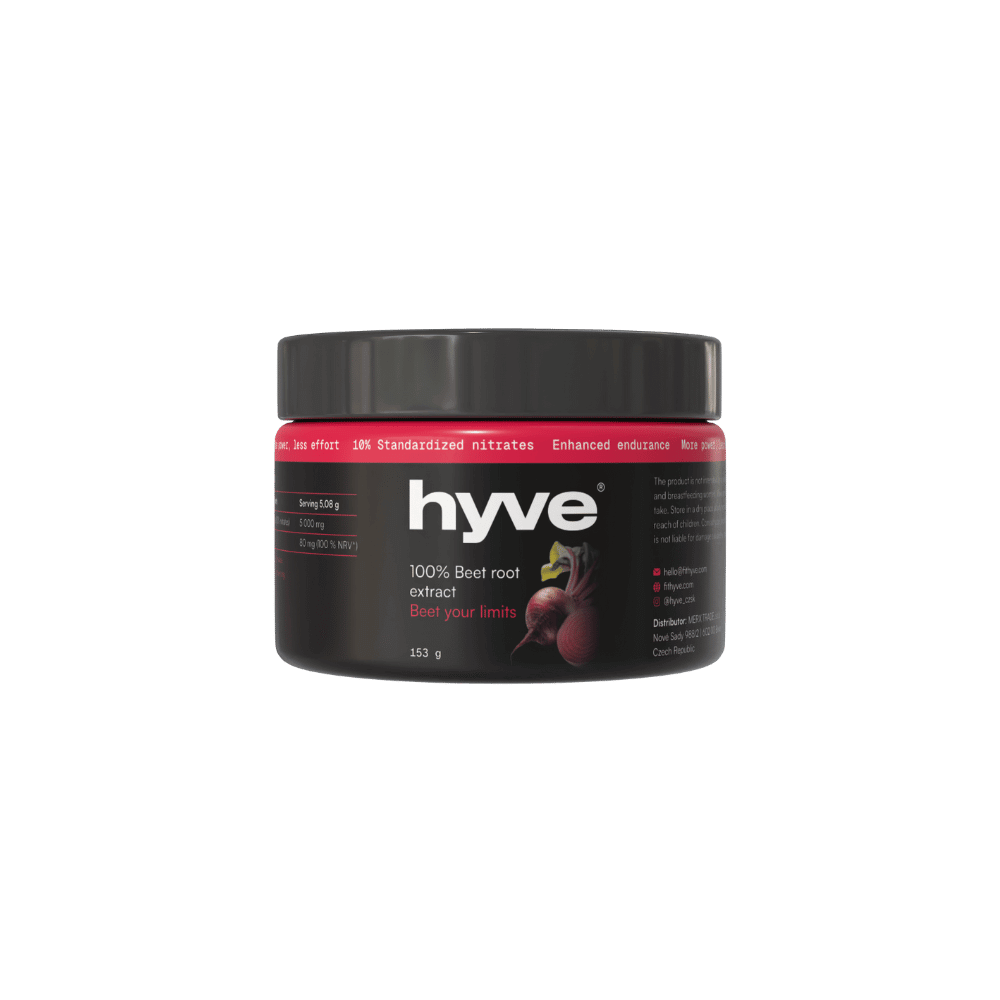
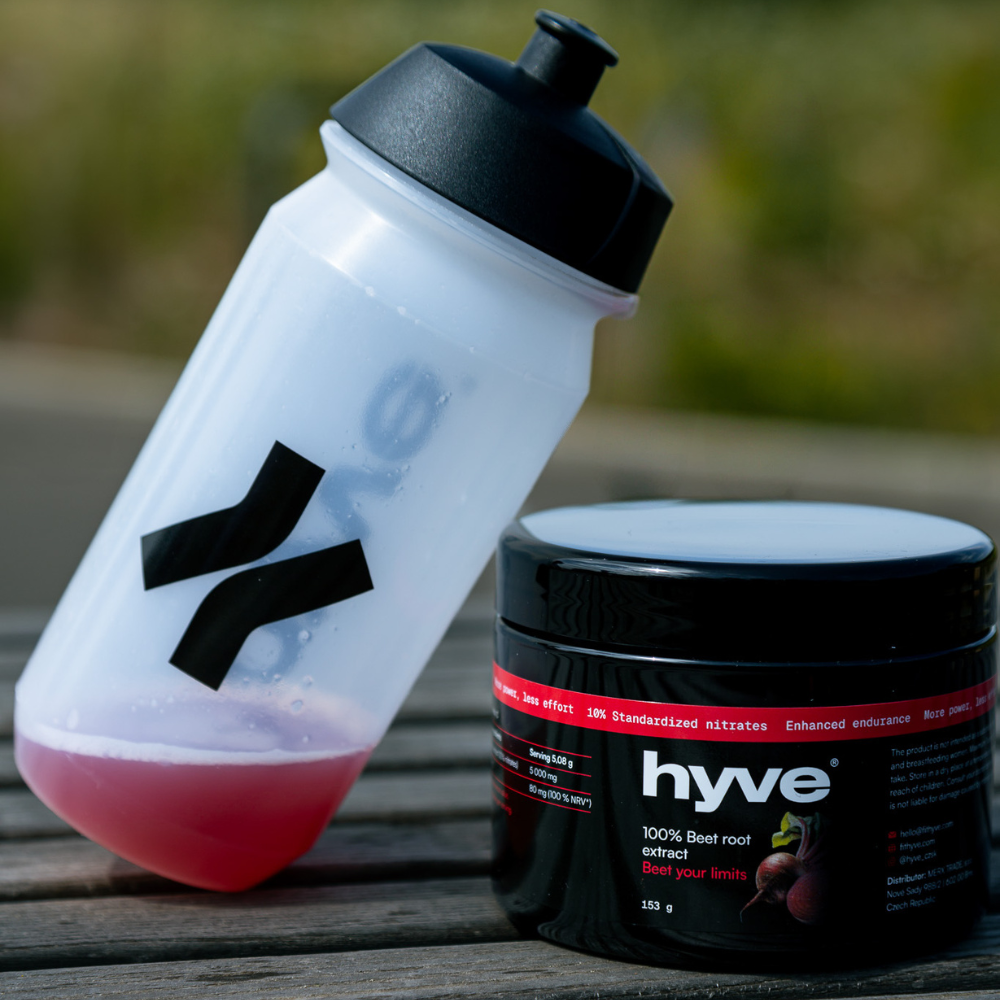

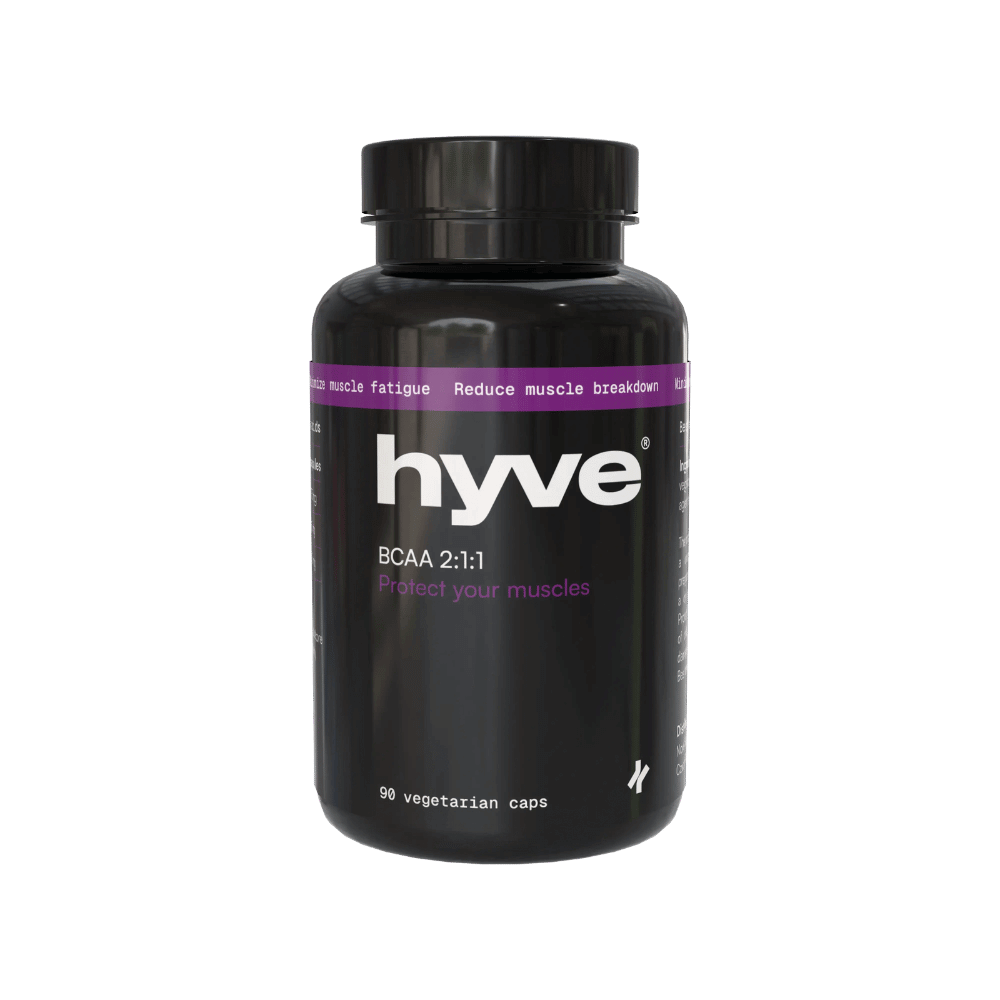

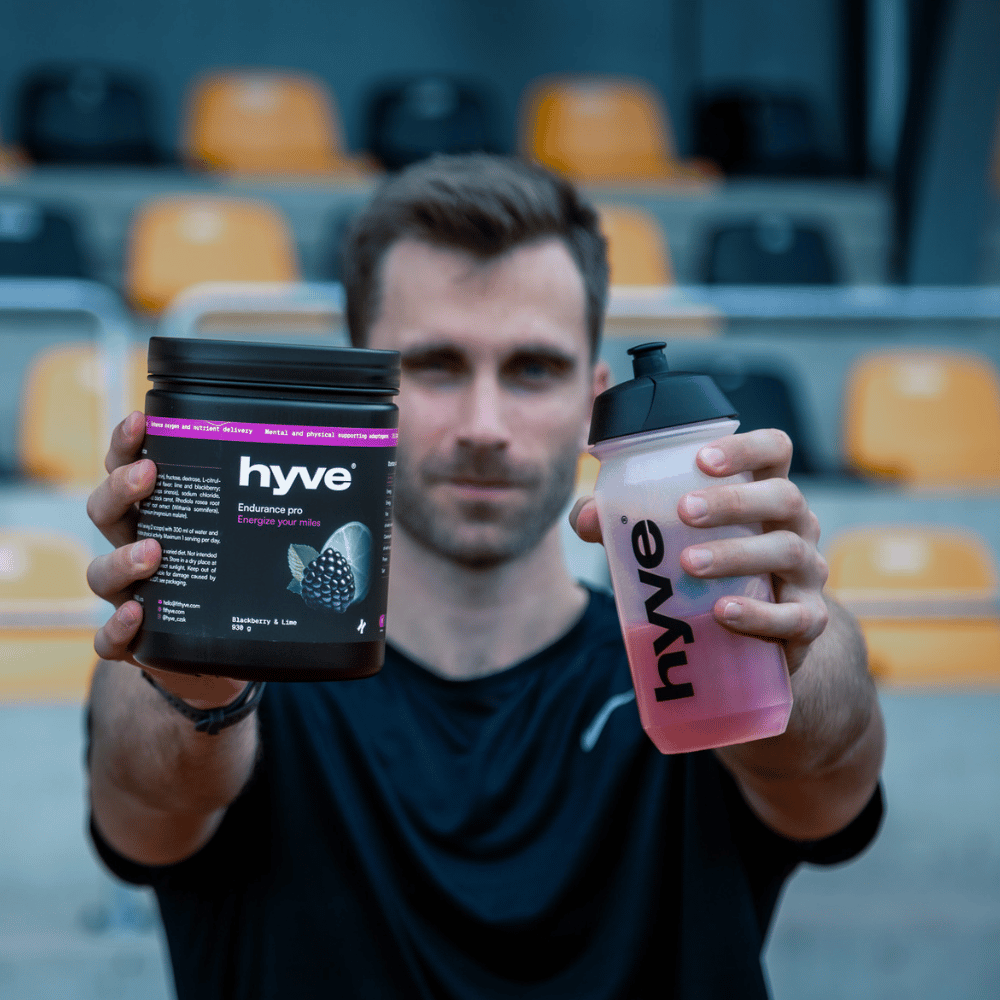


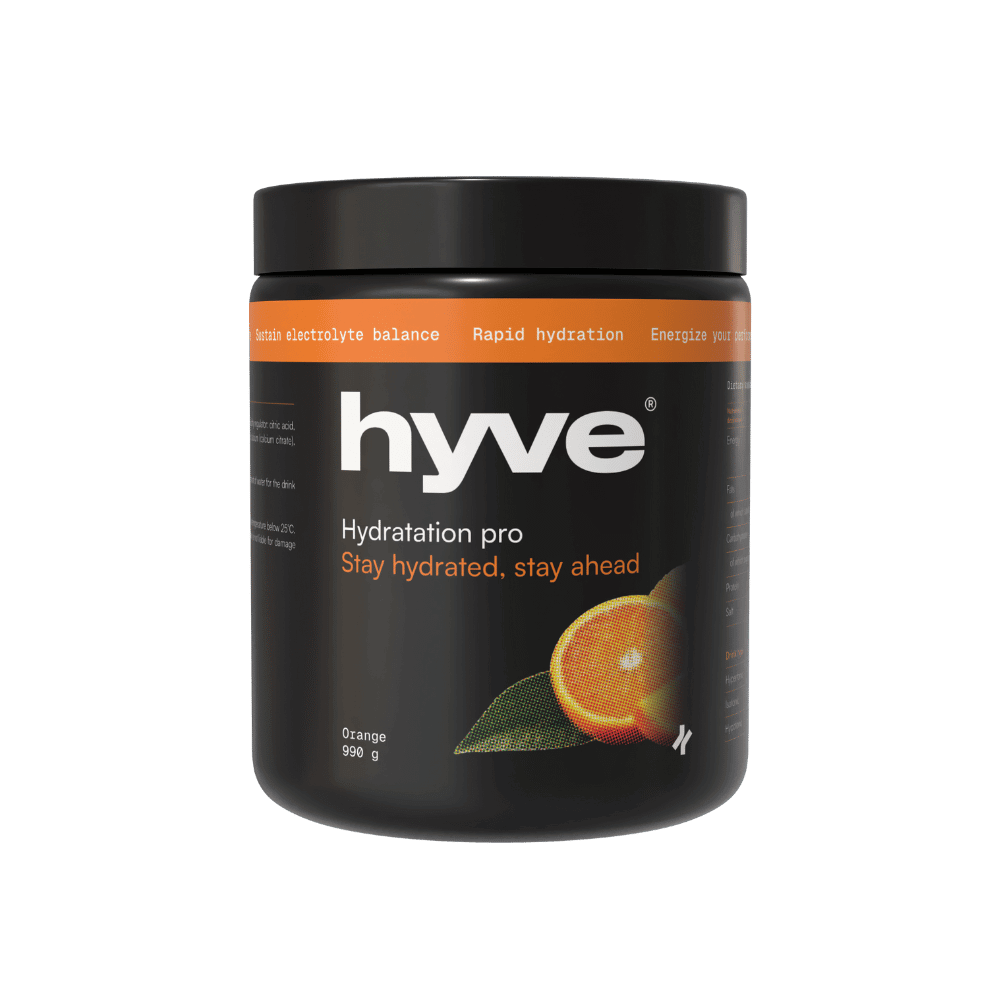


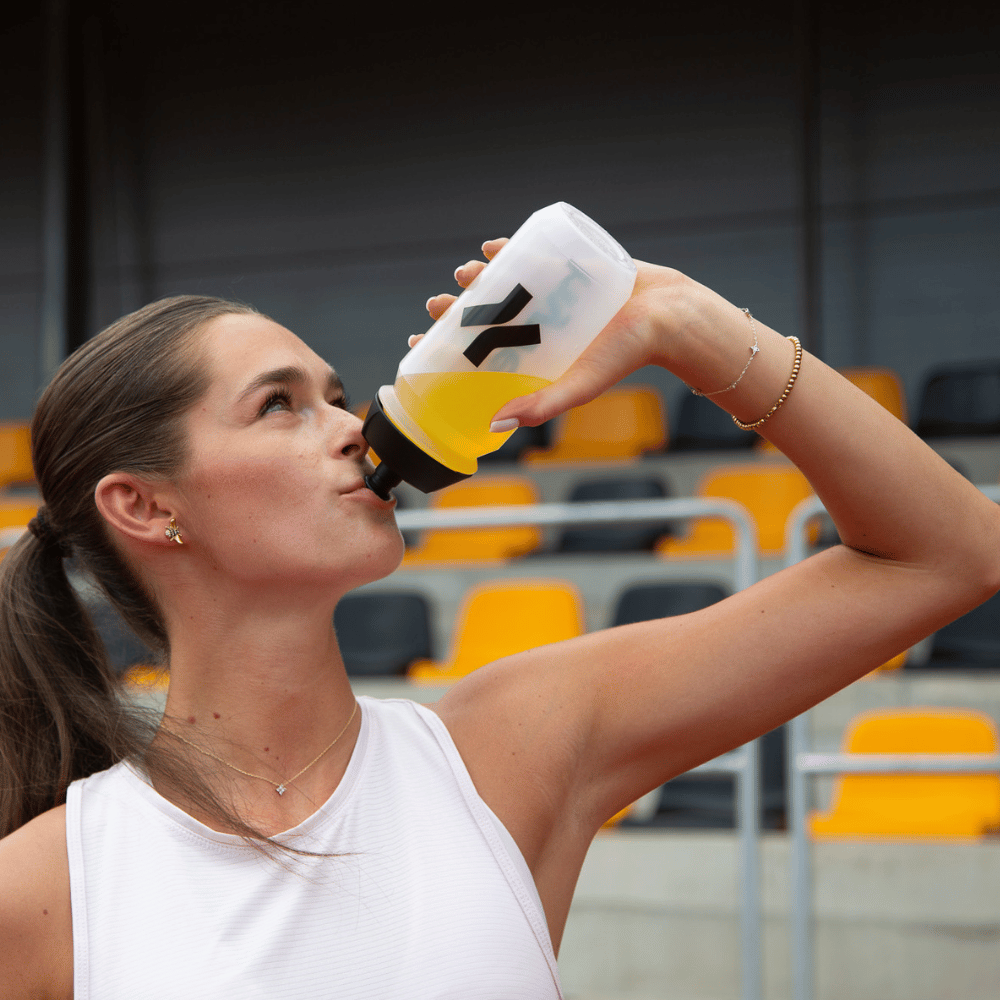
Stress fractures: how and why they occur, duration of treatment
How do sports watches count calories burned and how do you know which ones to trust?
Share: